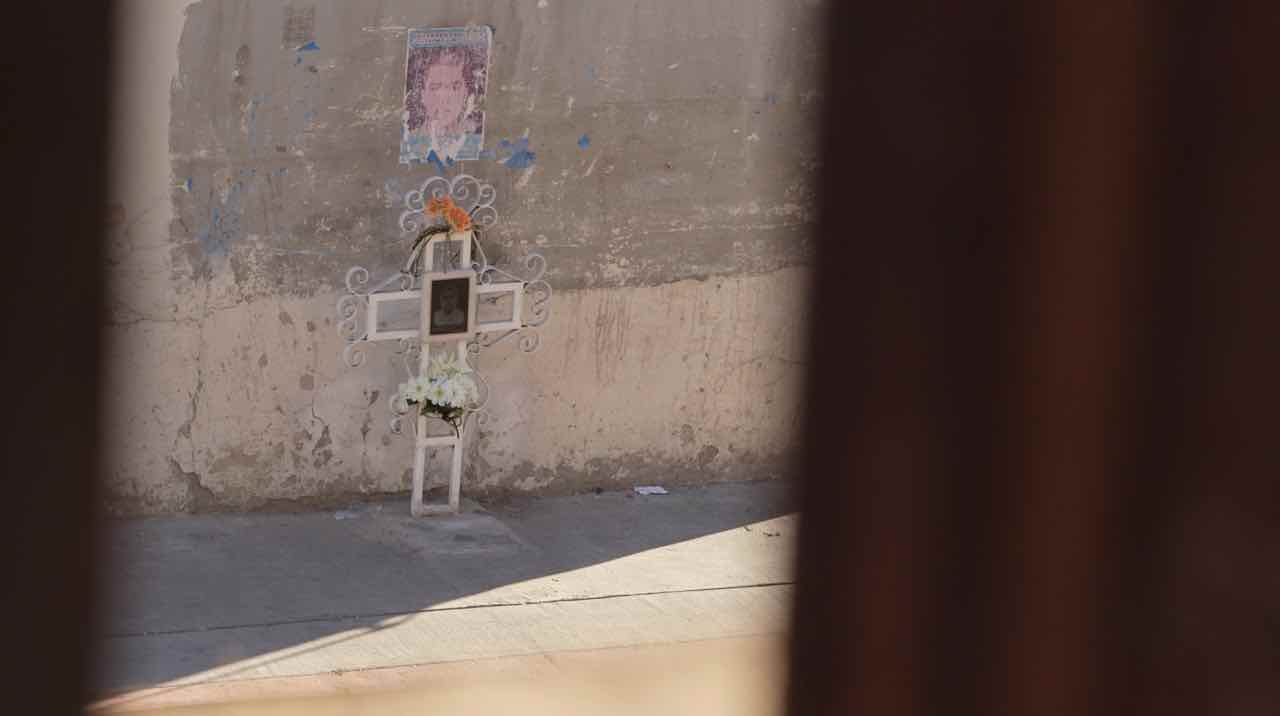
Currently Crowdfunding: Adam Markle’s ’34 Seconds’
Today we’re looking at the inspirational documentary movie 34 Seconds: “Justice dies where the border begins.” The feature-length documentary film chronicles life, death, and injustice set against the turbulent atmosphere of the U.S.- Mexico border. 34 Seconds is a feature-length documentary exploring the death of a number of children in association with U.S. immigration policy.
The team has been filming this project for three long years. Until this point, 34 Seconds was totally self-funded. Today they’ve decided to seek donations from the Kickstarter community to get this movie out of the production stage and out to audiences everywhere.
The creative behind the project is Adam Markle, an Emmy award-winning producer and cinematographer with experience in commercial television, documentary, and feature filmmaking. Markle specializes in cinematography and documentary style journalism.

Everything to know about 34 Seconds
On June 7th, 2010, 16-year-old Sergio Hernandez was gunned down at the border separating El Paso, Texas and Ciudad Juarez, Mexico. Sergio and his friends were playing a game in which they dared one another to run and touch the border wall. Border Patrol agent Jesus Mesa came on to the scene and shot and killed Sergio as he hid behind a pillar.
The justification was given that the children were throwing rocks. Cell phone and security footage contradict those claims. This fall, the Supreme Court will decide if the Hernandez family has the right to sue the agent in a civil court.
On October 10th, 2012, sixteen-year-old José Antonio Rodríguez was shot and killed by Border Patrol officer Lonnie Swartz. Rodríguez was shot ten times in the back as Swartz fired his weapon through the border wall that separates Nogales, Arizona from Nogales, Sonora.
U.S. Border Patrol alleges that Jose was throwing rocks at them. Witness testimony counters those claims. A videotape documenting the night’s events went missing or was destroyed. Swartz was tried twice in a criminal court but was acquitted on all charges. Both cases were similar in how they were handled by the U.S. government.

Claudia Patricia Gómez González was from a rural village in the Western Highlands of Guatemala. 76% of people living in that area live below the poverty line. Claudia saw migrating to the United States as her only hope. She was coming to America to pursue her love of numbers and accounting.
On May 7th, 2018, Claudia started the fateful 1,500-mile journey to the United States. Two weeks later, on May 23rd, 2018, Claudia was shot and killed by a U.S. Border Patrol agent one mile north of the border in Rio Bravo, Texas. Agents originally stated that Claudia and the group she was with attacked them with plywood. The Border Patrol changed their story twice, leaving many questions unanswered.
Claudia’s story of migration is not unique. Roughly 1% of Guatemala’s population attempted to migrate north in 2018. Nine out of ten say it was due to severe drought, lack of work, and extreme poverty.
15,000 children are currently being held in ICE facilities. In December of 2018, two of those children died while in custody. Jakelin Caal and Felipe Alonzo were respectively 7 and 8 years old. The two children were from similar villages as Claudia. Both were from families that felt their last option was to finally attempt the long journey to the United States.

The cause of death was loosely determined to be influenza and bacterial infection. A team of doctors observed all the migrant detention centers in the country and the results were scathing. The findings were reports of uninhabitable conditions including lack of food and water, and widespread accusations of sexual and physical abuse.
In April of 2018, the Trump Administration enacted the zero-tolerance policy that began separating migrant children from their parents to deter other migrants. In May of 2018, it was reported that the federal government lost track of more than 1,500 migrant children.
Lawyers and border activists worry some of those children may never be reunited with their rightful guardians. On July 29th, the ACLU confirmed that the Trump administration had continued the family separation policy even after a court had ordered in June 2018 to put an end to routine family separations. The final number was nearly 1,000 children separated after the court order of 2018.
The U.S.-Mexico border is a complicated place. There is a saying on the border used by Latinos and Native Americans which states, “We didn’t cross the border, the border crossed us.” Before the wall was constructed, these cross-border communities thrived off of each other.
Today, you cannot walk along the international border without the fear of being shot. Walls, militarization, and for-profit detention centers have now taken over these once vibrant communities. Profit has been put over the safety of humans and innocent children are dying. History is repeating itself.



